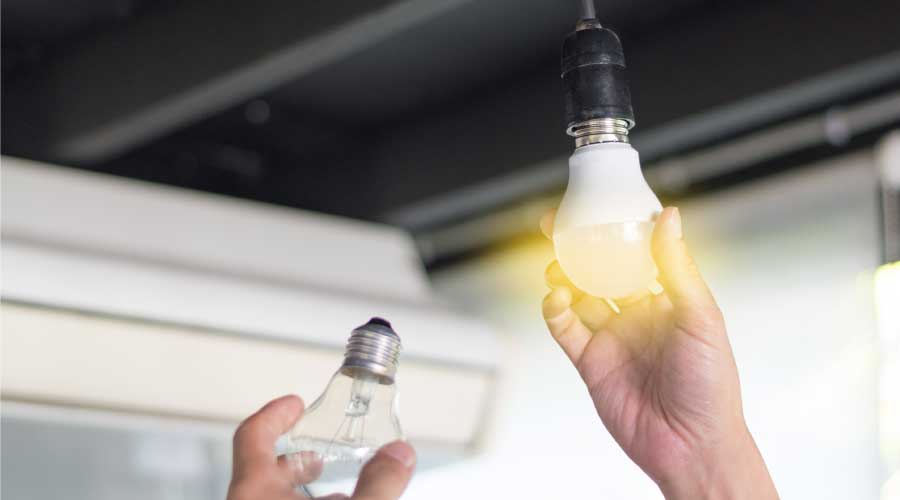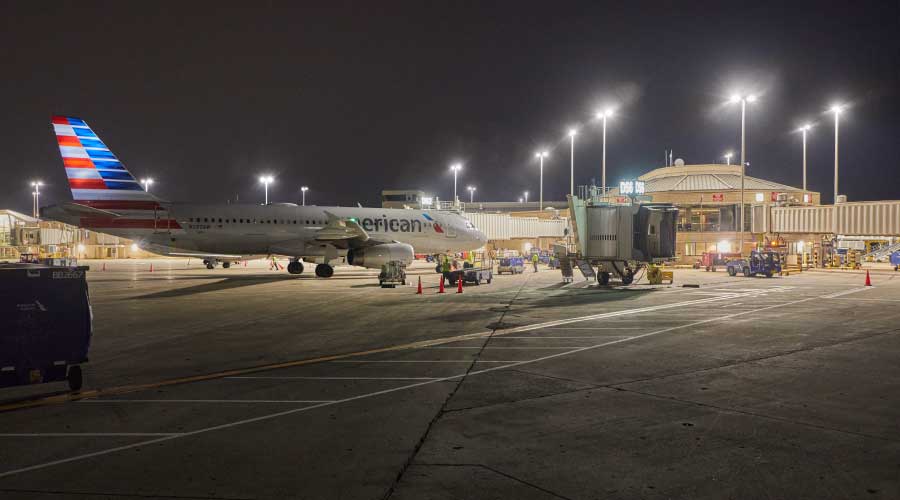Managers Can Deduct Full Cost of New Lighting with Interim Lighting Rule
The Interim Lighting Rule was supposed to be temporary, but it has remained in effect. The rule enables organizations to deduct the full cost of new interior lighting, capped at $0.30-$0.60 per square foot, if the new lighting achieves a lighting power density that is 25-40 percent lower than the maximum values published in ASHRAE 90.1-2001.
If a retrofit project in a 100,000-square-foot commercial office building costs $100,000 and the cost is $0.60 per square foot, then the organization can claim a tax deduction of $30,000-60,000 in the tax year the new lighting goes into service, based on reducing lighting power by 25-40 percent.
The exception is warehouses. In warehouses, the lighting system must reduce the power density by at least 50 percent to earn a reduction of up to $0.60 per square foot. Both retrofit and new construction projects qualify, as long as the project is located in the United States or its territories.
Qualifying building types are listed in ASHRAE 90.1-2001’s Table 9.3.1.1, although Internal Revenue Service (IRS) Notice 2008-40 adds nonresidential, unconditioned garage spaces to building types covered by the Commercial Buildings Deduction.
If the building is publicly owned, IRS Notice 2008-40 lays out the basic ground rules by which the organization can claim the deduction. If the building is not publicly owned but does not pay taxes, such as a house of worship, it is disqualified from receiving the deduction.
For new lighting to qualify for the Commercial Buildings Deduction under the Interim Lighting Rule:
• it must be interior lighting
• it has to be permanently installed — replacing halogen with compact-fluorescent, portable task lighting, for example, does not qualify
• it must reduce the interior lighting power density by 25-40 percent lower than the maximum values in ASHRAE 90.1-2001’s Table 9.3.1.1 or Table 9.3.1.2.
Exit signs also are not included, so replacing an incandescent exit sign with a light-emitting-diode exit sign does not contribute to the lighting power-density reduction.
Many of today’s leading energy-efficient lighting technologies, such as the National Electrical Manufacturers Association (NEMA) Premium-rated electronic ballasts, high-performance T8 lamps, and fluorescent troffer fixtures — diffuse lighting or volumetric lighting — significantly reduce lighting power. Going beyond the standards set by ASHRAE 90.1-2001 can be achievable without major compromises.
Related Topics:














